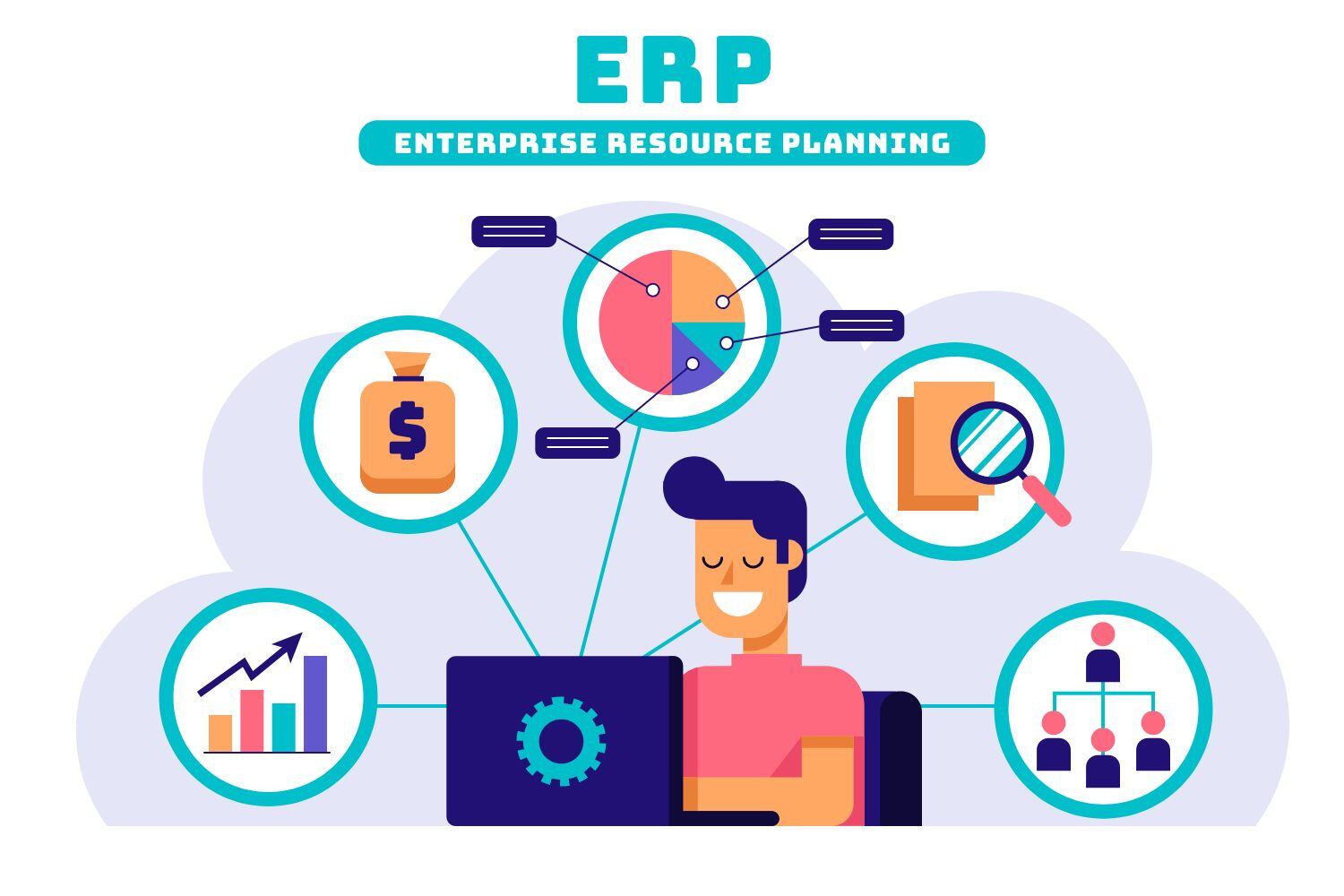What to look out for in ineffective ERP systems
Businesses planning an enterprise resource planning (ERP) deployment have an uphill battle on their hands if they do not conduct extensive research...
2 min read
Single Source Systems, Inc. : Jan 28, 2014 2:14:24 AM

Businesses expecting to launch a new enterprise resource planning (ERP) solution have to answer plenty of questions if they want a successful ERP implementation. A recent McGladrey report highlighted how companies should approach the deployment process, including the costs associated with adopting the software.
For starters, licensing costs are a major consideration in any ERP adoption. The report explained that some service providers allow firms to support an unlimited amount of end-users, though they enact restrictions on how many can access the content at the same time. It is imperative for businesses to determine their system functionality requirements and expenditures associated with these needs.
One of the biggest decisions organizations must make regarding any ERP implementation is whether they want an on-site system or one hosted in a cloud-based environment. The report noted that many on-premise service providers charge annual software maintenance fees, which include ongoing patches and other support. On-site deployments may also require expenditures for backup, disk storage, and servers.
Those that opt for a cloud solution can avoid the hassle of maintaining the environment themselves, because vendors handle most, if not all, of the management of such systems. Clients can also take advantage of the cloud's scalability, adding additional computing power and storage capacity without the need to purchase more hardware or software. At the end of the day, businesses only pay for the services they consume, never restricted by a platform that is not used to full capacity.
Choosing the best software and the right ERP vendor are just two of the most important steps regarding an ERP project. Firms that are able to effectively plan ahead stand to benefit greatly compared to those that rush to launch a system as fast as possible. MSDynamicsWorld.com's Gloria Braunschweig recently noted that too many businesses fail to allocate proper budgets.
"Better to recognize YOUR IMPLEMENTATION WILL FAIL because you're only willing to spend $50,000, than to keep the blinders on, spend the $50,000, and then find out you needed to spend $75,000," Braunschweig asserted. "But now to fix it, you still need $75,000 more."
A technology consultant can help businesses plan their ERP projects from step one. The McGladrey report explained that such service providers have the specialized knowledge needed to analyze clients' corporate processes and applications to select the best software.
ERP solutions are some of the best tools for supporting daily functions. Although the systems are highly capable of improving workloads, problems are always in the way of true efficiency. That is why much of the news regarding ERP in general details the significance of the implementation process, not the actual platforms themselves. Any misstep along the way can cost companies time, money, and effort, which can all set them back months or even longer in their respective markets.
A smooth deployment, however, means that organizations do not have to scramble to customize their software and instead can focus on their daily tasks.

Businesses planning an enterprise resource planning (ERP) deployment have an uphill battle on their hands if they do not conduct extensive research...

Enterprise resource planning software has undergone its fair share of advancements over the years, with technologies and trends such as cloud...

Chief financial officers (CFOs) are an integral part of their companies, helping guide businesses with their investments, especially regarding IT...